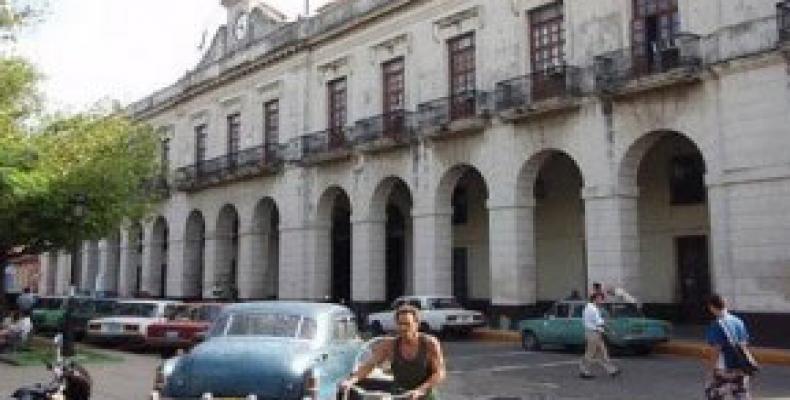Originally named San Severino y San Carlos de Matanzas, the city was founded on October 12, 1693 by 30 families from the Canary Islands.
Located 100 km. away from Havana, it was later known as the Athens of Cuba. Matanzas was even called the Venice of the Americas by its rivers, bridges and canals. The urban area gained momentum in the 19th century for its rich commercial and cultural life.
There are several versions on the origin of its name, but in his chronicles Father Bartolomé de las Casas says that in 1509 at the Guanimar Bay, today known as Matanzas Bay, indigenous people attacked and killed a group of Spaniards sailing the area, that’s why, it is named Matanzas in 1513, that is to say Massacres. The abundance of bridges over the rivers also granted it the title of City of Bridges, such as the old La Concordia Bridge, today known as Lacret or the Calixto García.
Architectural diversity characterizes the city with construction jewels, such as the neoclassical Sauto Theater, founded in 1863, designed by Italian Daniel D'Allaglio and declared a National Monument by the island’s Heritage Council. Celebrities, such as French actress Sarah Bernhard, Russian ballerina Anna Pavlova and Cuba’s prima ballerina assoluta Alicia Alonso performed there.
Plaza de la Vigía was the urban area’s first arms square where the city was set up in 1693, but the most important thing about it is that it’s surrounded by other important buildings such as the Firemen’s Station, the old Costumes Office and Junco Palace. Other sites full of memories are the Liberty Square built in 1800 and the center of some of the most important buildings, such as the Artistic and Literary Lyceum, today known as the José White Hall. This area’s fame is linked to Cuban culture, since it was precisely there where the first “danzón” -Cuba’s national dance and music genre- was officially played for the first time in 1879.
The Pharmaceutical Museum or Troilet Pharmacy is also a must for visitors and history lovers, since it’s a pharmacy established in 1882 that worked as such until 1964 when it was turned into a museum. With a high level of conservation, the only such facility in the world still has the tools used at the time to make the medicines and drugs as well as many porcelain bottles decorated by hand. The site in which the drugs and medications were prepared still treasures the pharmacy’s original recipe books with more than one million original formulas, plus the bronze medal obtained by the experts at the Paris World Exhibition in 1900.
Junco Palace is another construction built in 1838 in a Spanish colonial atmosphere that serves as the headquarters of the Provincial Museum since 1980, where visitors can watch the life style of the city’s colonial past, and the contrasts between business and slave owners and the slaves that produced sugar and coffee. The underground wonders of the Bellamar Caves, discovered in 1861, the ruins of the Triunvirato sugar mill and the natural touch of the Canimar River also complement the city’s attractions.
Close by is the Yumurí Valley, a typically Cuban natural jewel that people can watch from the Bacunayagua Lookout on the 110 meter high Bacunayagua bridge, considered one of the seven wonders of civil engineering on the island.The Monserrate church built in 1875 is also another gem and considered an example of economic power that the Catalonian community obtained in the city.
Matanzas Bay, one of the best bays in the country because of its geographic location and dimensions, also houses an enormous facility for the reception, distribution and storage of oil and a high tonnage supertankers base, a symbol of modern times in the 323 year old city.


